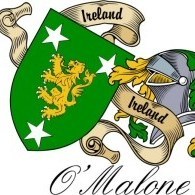Leaderboard
Popular Content
Showing content with the highest reputation since 19/03/24 in all areas
-
from the Sheffield Independent 15th January 1825 : " To Women in Dirty Weather. - If you should get tired, as very likely you may, of walking in your pattens, you will carry them in your hand ; in which case take care that they are sufficiently dirty, and then you may cause yourself to be respected by holding them out straight before you with all the length of your arm, pretty much in the attitude in which sign painters delight to exhibit red lions - you will thus set clear handsome black prints of a double OO , on the clothes of any rude fellow that obstructs your line of march."3 points
-
3 points
-
3 points
-
An article in the Tribune: How a Medieval Castle Became a modern City2 points
-
Shoes with very thick wooden soles. For ladies to keep their dresses out of the thick horse doings and mud when crossing the road.2 points
-
Not wishing to split hairs, but £1Mn spent on paving slabs @ £10 each would get you 100,000 slabs. 100,000 standard size 600mm x 450mm (or 24” x 18” in old money) slabs, laid end to end would stretch 60km (or 37miles in old money), which is the distance between Sheffield and Leeds! Now there’s a thought to conjure with!… 😆👍2 points
-
The shilling and copper tokens issued by the Overseers of the Poor were made by Younge and Deakin, Union street. They also made tokens for other towns such as Bradford and Doncaster, and were the largest coiners of tokens in the north of England. No gold or silver Sheffield tokens were issued after 1812 and those that had been issued previously were withdrawn, as that year passed on June 29th, was the "Act to Prevent the Issuing and Circulating of Pieces of Gold and Silver, or Other Metal, Usually called Tokens, except such as are issued by the Banks of England and Ireland respectively". On 27th June 1817 a further Act was passed to prohibit copper tokens and that they should be withdrawn before 1818. However there was a special privilege granted for Sheffield, allowing its Overseers of the Poor to extend the redemption of their copper penny tokens until 25th March 1823. John Younge and John Deakin were in partnership from 1811 to 1817. The partnership was probably dissolved in 1818 - John Younge left Sheffield and went to Peru, attracted by their silver mines, and worked as a physician near Lima. He returned to Sheffield, possibly with his native wife, in the early 1850's and lived in Hanover street until 1859. The other partner, John Deakin was by 1819 well established on his own account at Union street as a gilt plated and metal button manufacturer.2 points
-
I went to this, fascinating presentations by two very knowledgeful chaps. Wessex Archaeology are taking bookings for tours of the excavations this year, I've booked a place, and they are also inviting people to book and assist with he excavation.2 points
-
A hundred years ago today ,Sergeant Loosemore of Gleadless ,died of the affects of his war wounds. He had been awarded a VC for his action in destroying a German post on his own ,after crawling through partially cut barbed wire with his Lewis gun. A well attended service was held at his grave attended by the Deputy Lord Lieutenant, amongst others.1 point
-
The brassworks company that made it did so free of charge, they also made the signs on the graveyard directing you to the grave. The replacement plaque on Loosemore Ave is now bonded to the wall instead of screwed.1 point
-
I'm scanning my Dad's thousands of slides and found this one of Pauldens illuminated by Christmas lights. There was no specific date other than "1960s" so that's as close as I can get I'm afraid. Compared to the B&W photo on the site, it looks like they added a vertical illuminated sign so maybe the B&W one was taken soon after opening?? No copyright, feel free to distribute.1 point
-
I was there that day with my Mother too! Didn't recognise posh-hatted and cheery Violet Carson though, I'd only ever seen her before as Ena Sharples with a hairnet and grumpy face! Can't remember how old I was either Stunmon, but I believe mid 1960s. I also recall the Woolworths back in those times. Specifically getting new pyjamas, a cuddly panda and the paperback 'Wind in the Willows' to take with me into the Royal hospital for tonsillectomy.1 point
-
1 point
-
The SYTM will be joined by friends from the Sheffield - National Emergency Services Museum, based at West Bar The SYTM has a most interesting collection of vehicles from the past, maintained by volunteers There will be other friends joining in on the day + stalls, and there is a cafe for a drink and a bite to eat.. EMERGENCY DAY, SUNDAY 14th APRIL, 10.30 - 4pm Waddington Way, Rotherham. S65 3SH1 point
-
1 point
-
Strictly a patten goes underneath a shoe to protect and elevate it. If the shoe simply had a thick wooden sole it would be a clog. Pattens with patten rings to raise the foot even higher: Clogs. Although these are Lancashire clogs (many apologies) Yorkshire clogs are identical.1 point
-
1 point
-
At our allotments last weekend, some kind soul had dumped a pile of rubbish on one of our benches, mainly comprisIng of old plant pots, takeaway cartons and cardboard boxes. In the process of breaking these up and disposing of them in our bin at home, my wife discovered a couple of sugar tongs in the bottom of one of the boxes, black and dirty, but she rescued them from the bin. She cleaned them up with a silver cloth and they came up nicely. Although of no great value, they are interesting only in as far as where they were made? The ‘claw’ pattern tongs are marked ‘G C & Co EP’. The ‘spoon’ pattern tongs are just marked ‘EPNS’ (Electro Plated Nickel Silver)? There are no makers marks on these. Although neither are silver, I tried looking for the ‘G C & Co’ hallmark, to see if they were Sheffield made? Sadly, the only reference I could find was a ‘Green & Cadbury Co.’, based in Birmingham, if in fact that is who the mark belongs to? Does anyone have any ideas of who the ‘claw’ pattern tongs could have been made by? Obviously the ‘spoon’ pattern tongs will not be traceable. Thanks in advance…1 point
-
The more northern pit lies on the 525' contour, the southern lies between the 625' and 650' so clearly the southern pit is a bit over 100' higher. Look also at the reservoirs, one has an embankment around its northern end, the other has a straight dam.1 point
-
1 point
-
1 point
-
Mansfield Road fire station was built in 1963. They cut the top off the tip to make a base. Some of the waste I think was put on the other side of the road to make it higher than it was. There was a tunnel under Mansfield road to the other side. That place, where the TA centre is, was in fact coke ovens. The rest of the tip was pulled down the hill and flattened by huge earth moving excavators in the 1960's. Big, MASSIVE trucks with big wheels and huge scraping buckets on the back. Something like this:1 point
-
1 point
-
1 point
-
1 point
-
1 point
-
1 point
-
If you fancy a day out with a difference this month! then pop down the M1 to Market Harborough STEAMPUNK DAY! SUNDAY 24th MARCH Come and enjoy the FREE alternative science fantasy event, there might even be some tea duelling!!! ' Don't know what it is, come down and have a look!!! ' It will be a day of Steampunk enthusiasts showing off their amazing creations & sharing their passion for the Artform. ( We are looking for creators, magicians, artists and stall holders to join us inside the Market on the day, if you are interested, for more information please email :- harboroughmarket@harborough.gov.uk )1 point
-
1 point
-
1 point
-
My 4th great grandfather played for the original side, his great grandsons wife May lived until 99 years old, I remember going to her house in darnall in the 80’s. He was the goal scorer of the first ever recorded goal in world football history, also the landlord of the barley corn public house and known as the Sheffield huntsman. A gentleman named M Hardy (also a relative of his) has already researched a lot on this as I’ve found a lot of information on him via his posts as before the internet we only had him in the family tree folder passed down from an aunt and only mentioned him and his sons being keen sports men and landords, amazing what you can find, according to my Mother, there are a lot of relatives bearing the name Sellars still in Sheffield, who know a lot more.1 point
-
In 1857 George Cutts retired from the firm of "Cutts Brothers" and started business at 53 Arundel street at "The School of Art" works, with about 50 staff, which was opened on Easter Monday 1858. In October 1861 he removed the firm to 33 Broad street ("The Park Silver Plated and Britannia Metal Works") previously occupied by Joseph Wolstenholme. In November 1870 "George Cutts and Co" loaded a shipment of E.P. goods in two casks onto the Midland Railway. They were intended for sale in Canada and were misdelivered to the wrong shipper in Liverpool, hence missing the selling season in Toronto. Abraham Griffiths, an American merchant, sued the railway for the loss of profit. In September 1873 he purchased the business of George Tagg, general stamper. George (of 13 Glen Road) died aged 61 on 19th April 1881 leaving £6,638 6s - the executors were his wife Ann and sons WIlliam and George. After the 1889 bankruptcy John Batt was operating as George Cutts from the Broad street premises, in April 1890 advertising for a good scratch brusher. It appears that very soon after this, Batt started operating as John Batt and Co. and the Cutts name was dropped.1 point
-
1 point
-
1 point
-
Out walking yesterday ( Tues 20 Feb ) I noticed in the footpath on Cemetery Road at Sharrow Head, the junction of Psalter Lane and Sharrow Vale Road, the service box shown in the attached photo. as far as I am aware and I have just looked at a map of the old tram network on the web, the trams didn't run up Cemetery Road to the top, but turned at the Washington Road junction to proceed to Nether Edge. What's the reason for that box outside 309 Cemetery Road ? I'm intrigued, may be a straightforward answer.1 point
-
1 point
-
Interesting website which focus on Porter Brook from Hunters Bar down to Sheffield Station and the River Sheaf from Millhouses Park to the confluence with the River Don at Castlegate. It's also a registered charity, which you can join. Sheaf and Porter Trust1 point
-
As above, there was a plan to have a route over Psalter Lane, in fact a junction was installed at the Ecclesall Road for a few years. There were also electricity feeder cables for the tramway that didn't necessarily follow the actual route, this could be one forming part of a link between Ecclesall Road and Nether Edge.1 point
-
The Sheffield Corporation Act of 1900 gave powers for a number of tram routes to be constructed, some of which were never followed up. One of these was the route from the junction of Cemetery Road and Washington Road, along the upper part of Cemetery Road and Psalter Lane to Banner Cross, with a link along Cowlishaw Road and Junction Road to Hunters Bar. Discussion of this progressed as far as a proposal in May 1900 to pave Cemetery Road in granite when the tram lines from Washington Road to Sharrow Head were laid. During 1908 Psalter Lane residents held meetings against the proposed extension, they said that the existing Ecclesall and Nether Edge services were adequate and that Psalter Lane was the only main route out of Sheffield unspoiled by tramcars. There were calls in council meetings to veto the extension, for which authorisation had been renewed in a 1907 Act, and in 1909 the plan for this extension was abandoned. By then the Corporation were trialling motor buses for new routes, for which they had received the authorisation in 1907 . The electricity supply system was initially shaped by the huge requirements of the tramways. In 1902 the Sheaf Street power station was changed over to 50Hz generation, more suitable for lighting. In 1904 the Neepsend power station came into use.1 point
-
Happy 10th birthday to the 'Drainspotting' thread Looking back I did think that speed was of the essence with the road re-surfacing programme beginning around then, however the vast majority of early finds are still in situ. Not all, but 80-90% I would say. Hopefully some increased awareness resulted and, if so, it's been worth it. The earliest date found on drain covers (or pavement features of any kind) remains 1890. New finds are rare these days, but do happen occasionally to my continued excitement! Many thanks to all the contributors over the years1 point
-
1 point
-
1 point
-
It was about the actual SQUARE but it doesn't have life without the people who used it.1 point
-
I recall the hour prior to the city centre ‘waking up’, where you couldn’t walk a couple of yards without someone passing the time of day with you, then there was Pond Street Norah, who had a vocabulary that would make a sailor blush, who was the guy in the black and stripes and Homburg hat, was it the Duke of Darnall? John, the Town Hall bobby controlled his beat with vigour, even superior officers were very deferential when addressing him, I well recall asking his advice when I mentioned the new phenomena of shop lifting to him, I had a fairly senior position with a major retail chain that was losing close to the amount it was selling, quick as a flash John replied “Let the beat bobbies have the use of your tea rooms Dave”, job done the look on the suspects faces when a couple of uniformed bobbies walked though the shops was a picture. True there was more litter/wastage in those days as we hadn’t quite cracked the new ‘throw away’ society, thing like cardboard and othe packaging was left outside shops with no actual places to store it, however the council soon got it’s act together, along with the street sweepers, who did a cracking job. I apologise for having hands on experience of the city centre in the 1960’s, it obviously doesn’t mirror some folk’s imaginings.1 point
-
Arnold and his wife & child lived for a time on Stannington Rd, but I haven't yet found out exactly where. Due to his disabilities he struggled to get up the stairs of this 3 storey house and so the Rotary Club kindly supplied him with a wooden hut for him to live in. This was positioned in his garden. After his death, this hut found its way to the Rotary Club in Castleton where it stands today, and is used to holiday disadvantaged children. Heres a link to their website.. http://www.rotarycentrecastleton.co.uk So off I went for a ride out to Castleton to see it. The Rotary centre is located just off the tight 'S'bend in the centre of Castleton. Turn right as you enter the first left bend (from Sheffield) and follow this road, going right where it forks. Its a rough bumpy track with the club at the very end. When I arrived there were people there preparing it for a wedding the next day, but they kindly let me have a look inside the hut.. At one end on the wall is a plaque dedicated to Arnold.. This was a very enjoyable day, it was great to see that these heros are being remembered, and it was lovely to see some of the locations associated with this brave man.1 point


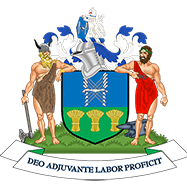


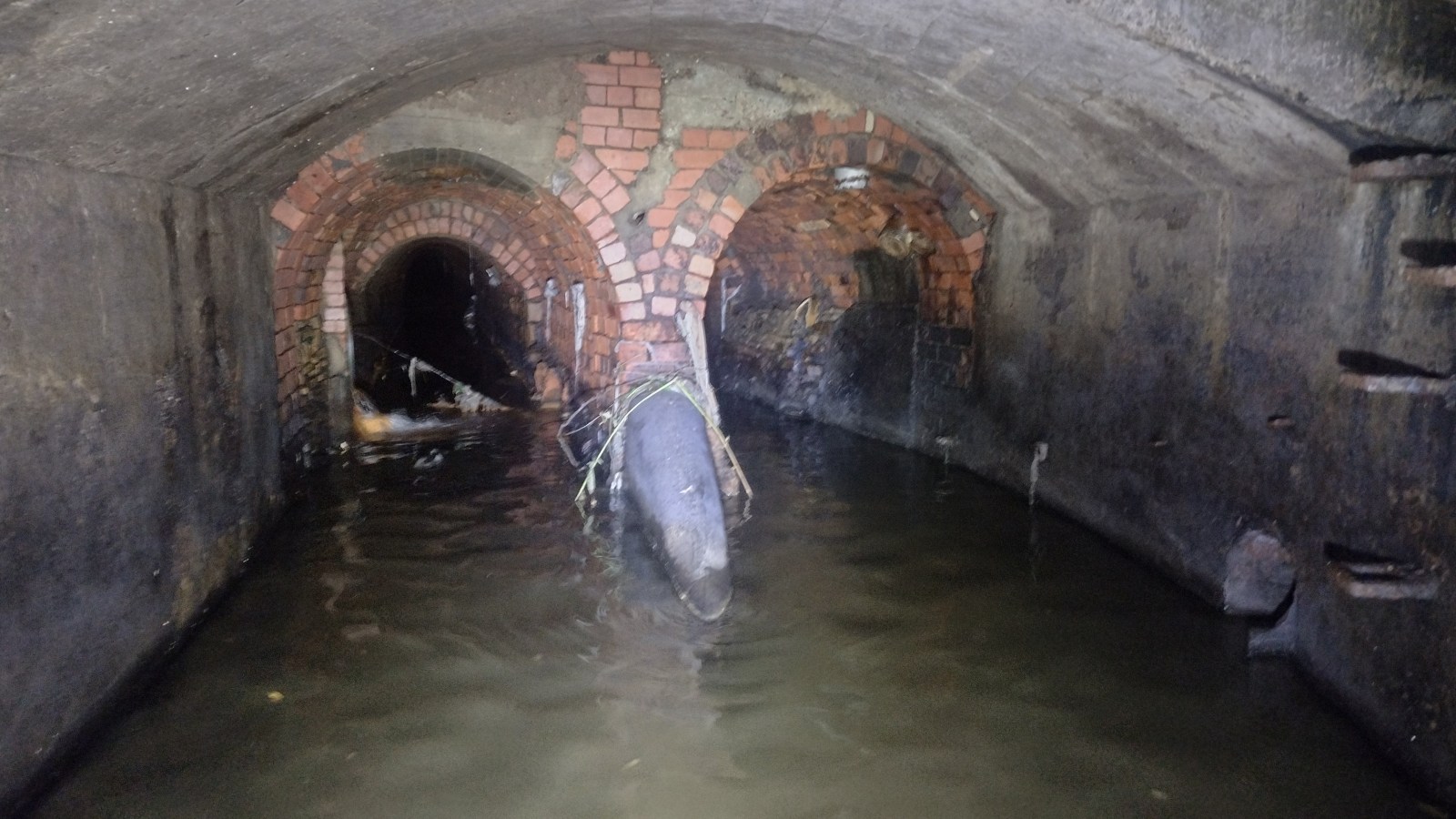
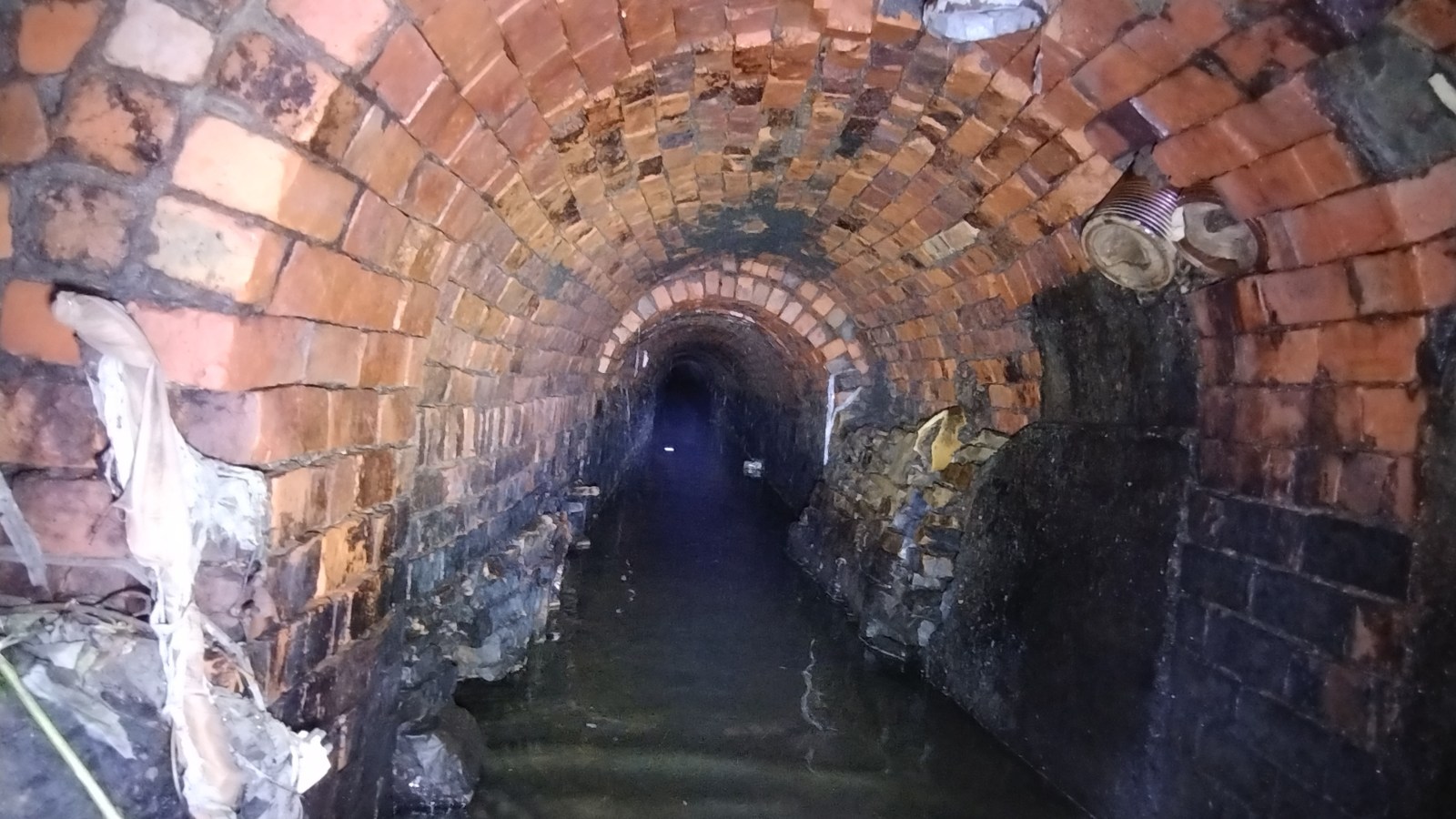
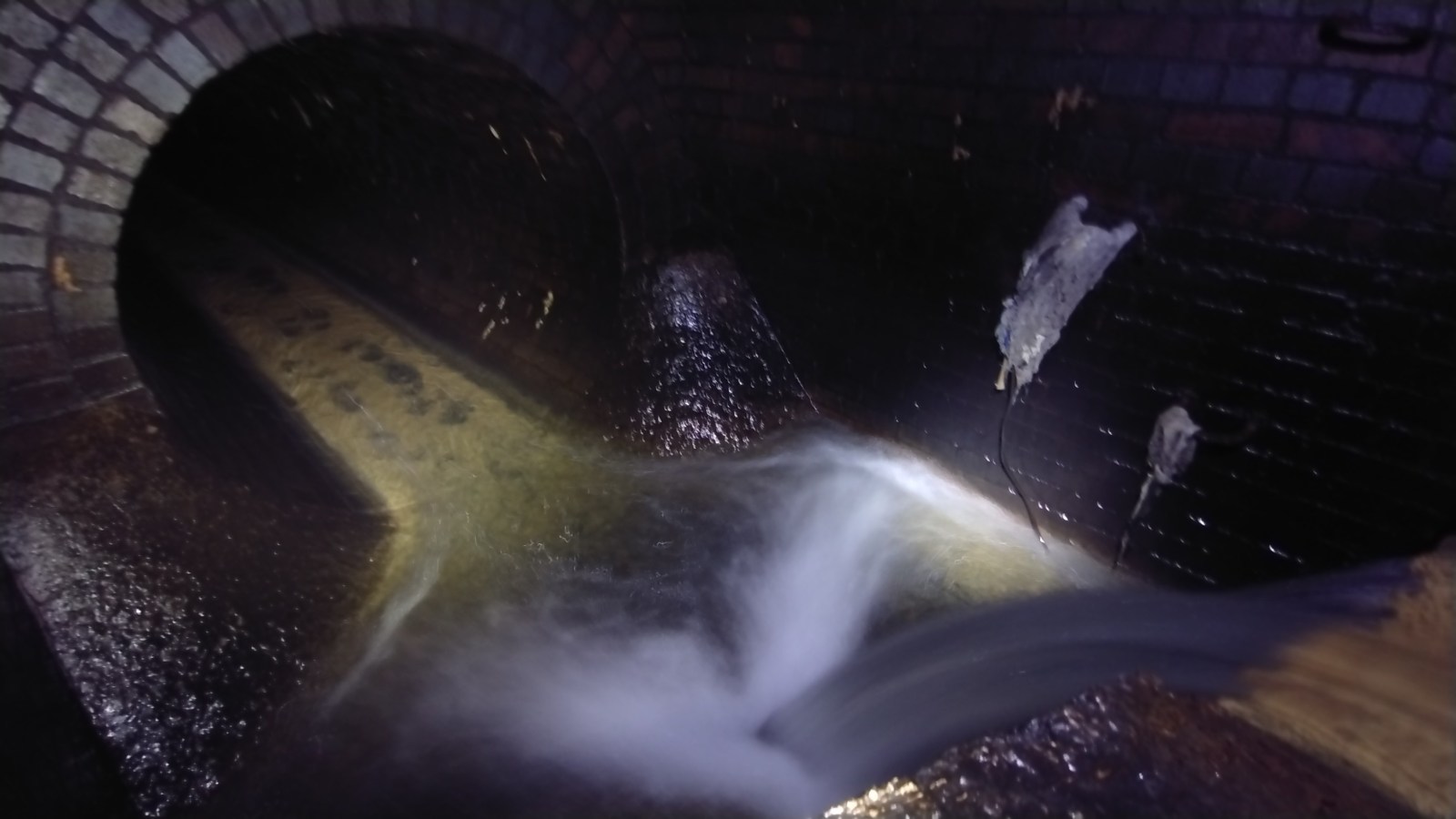
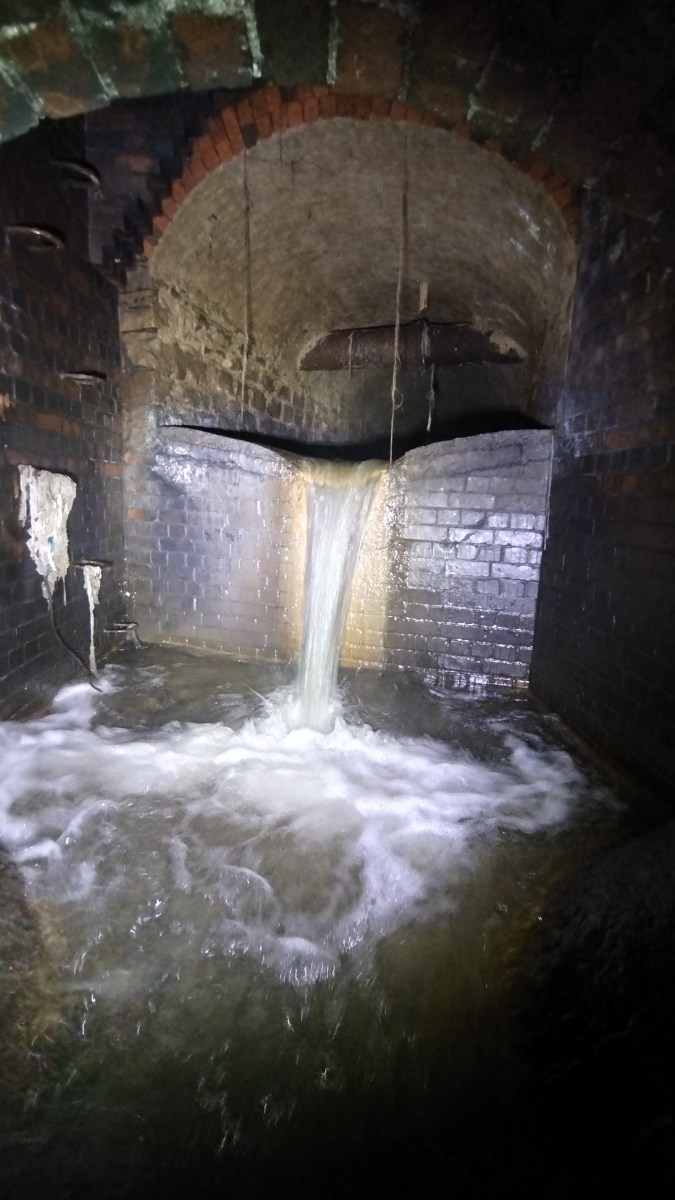

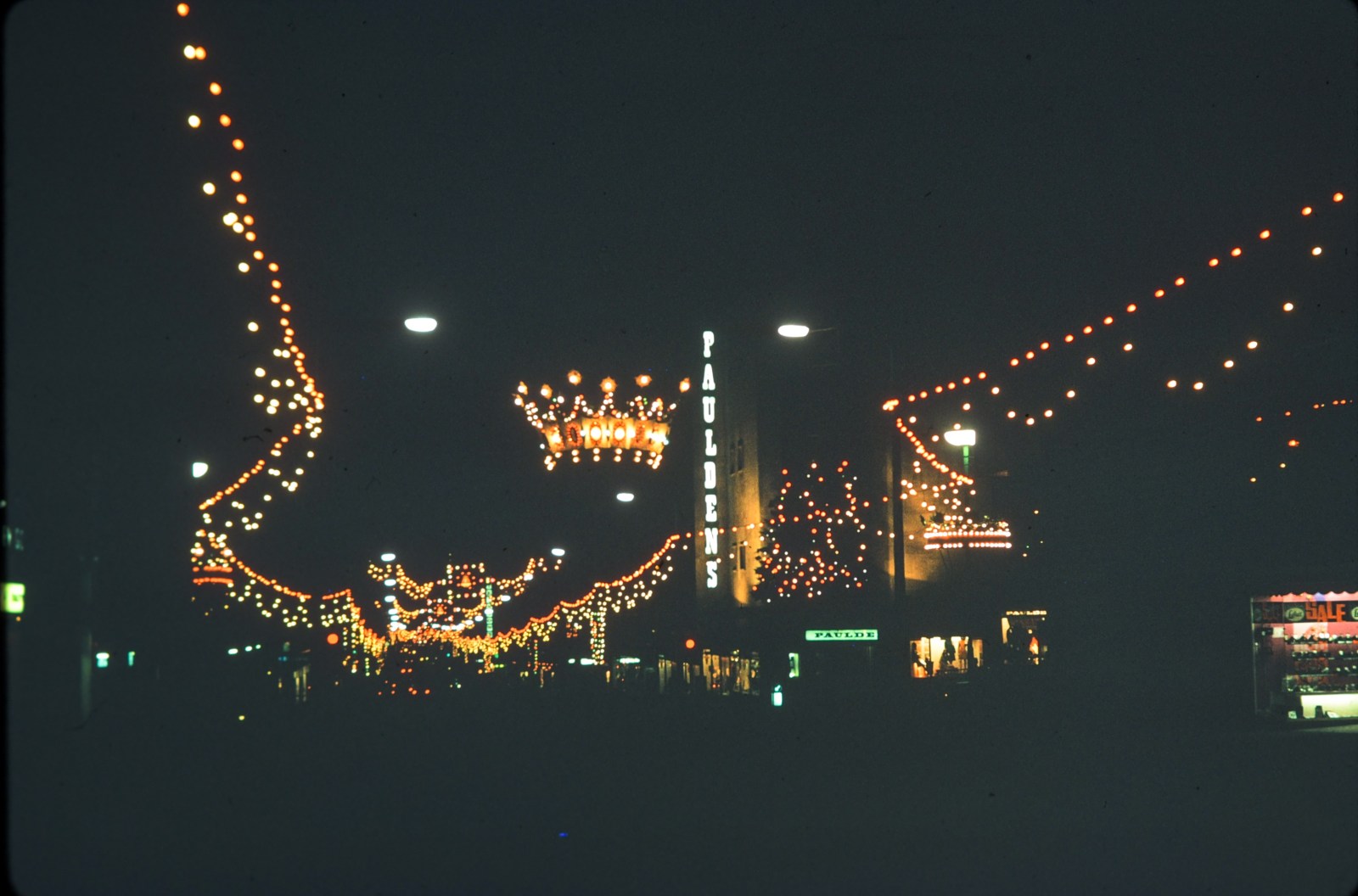


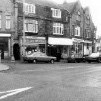



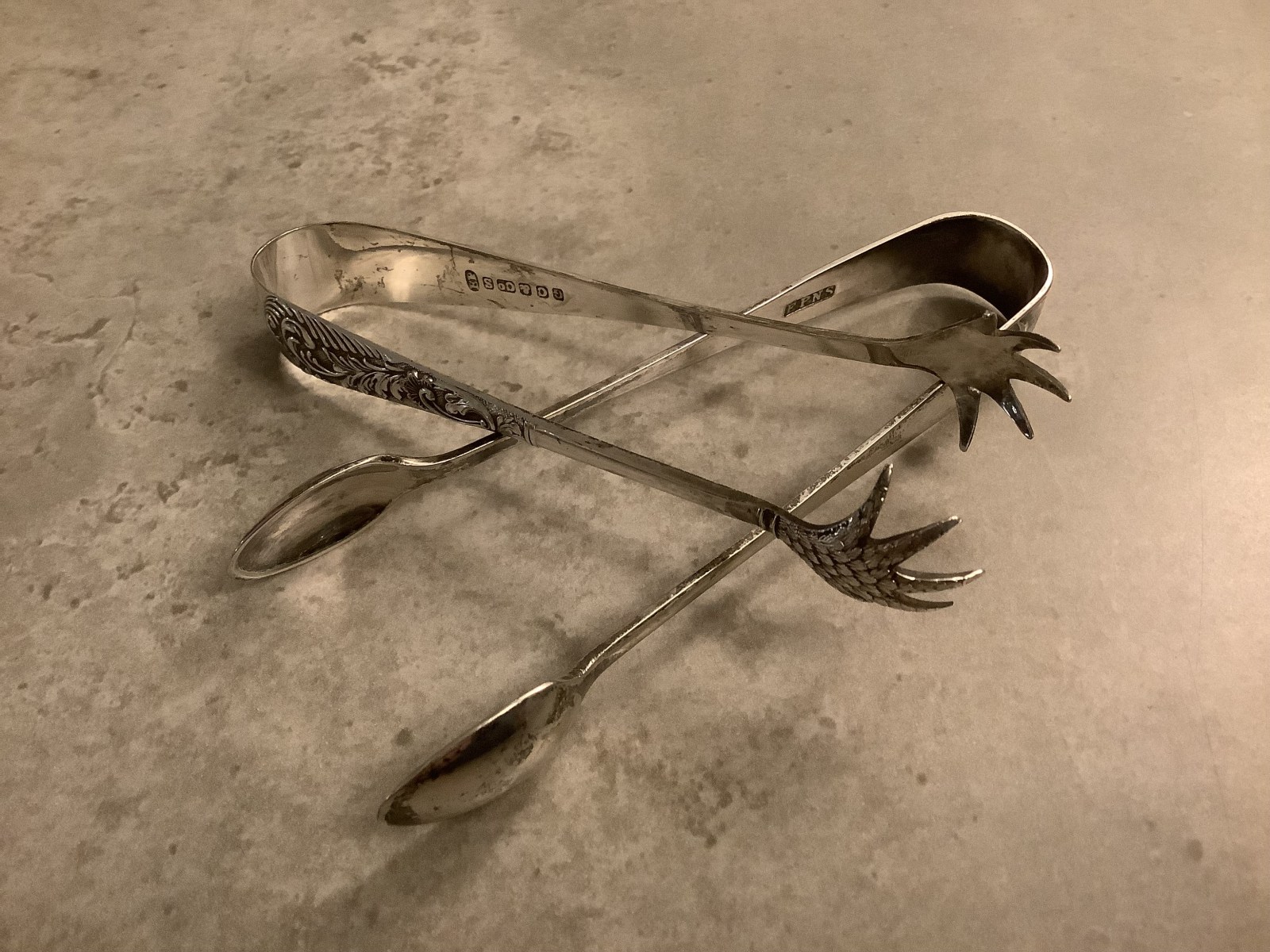
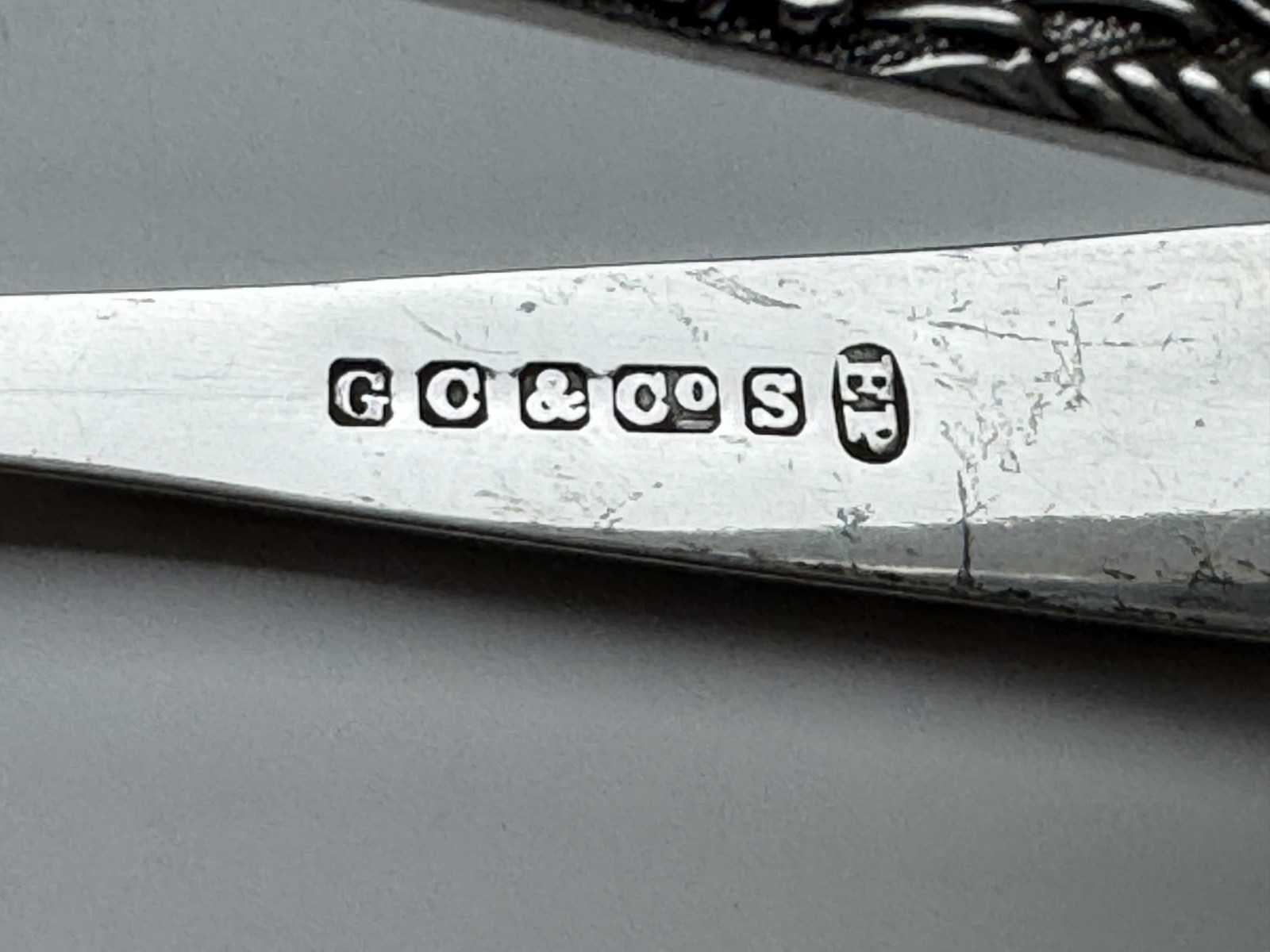
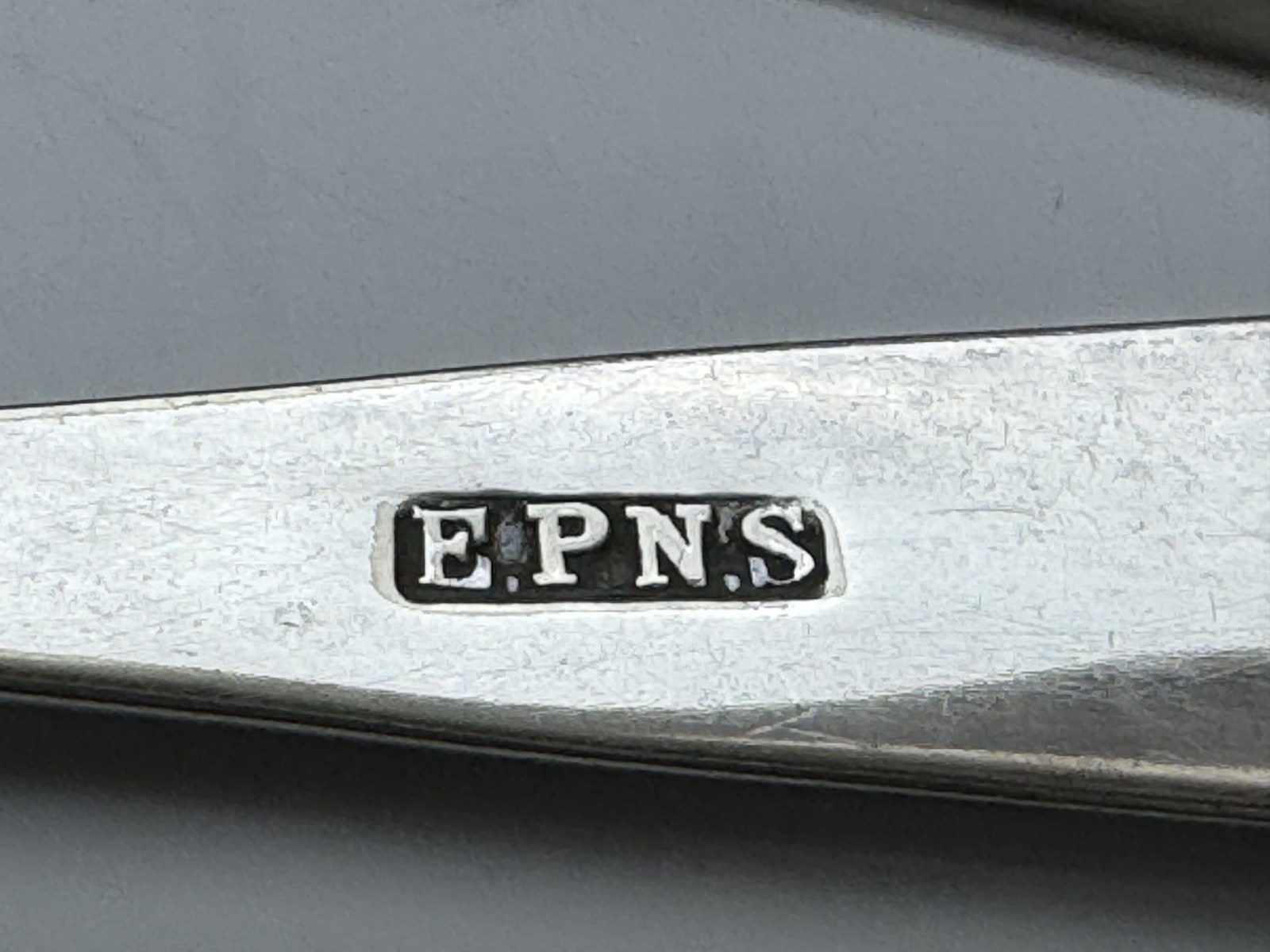
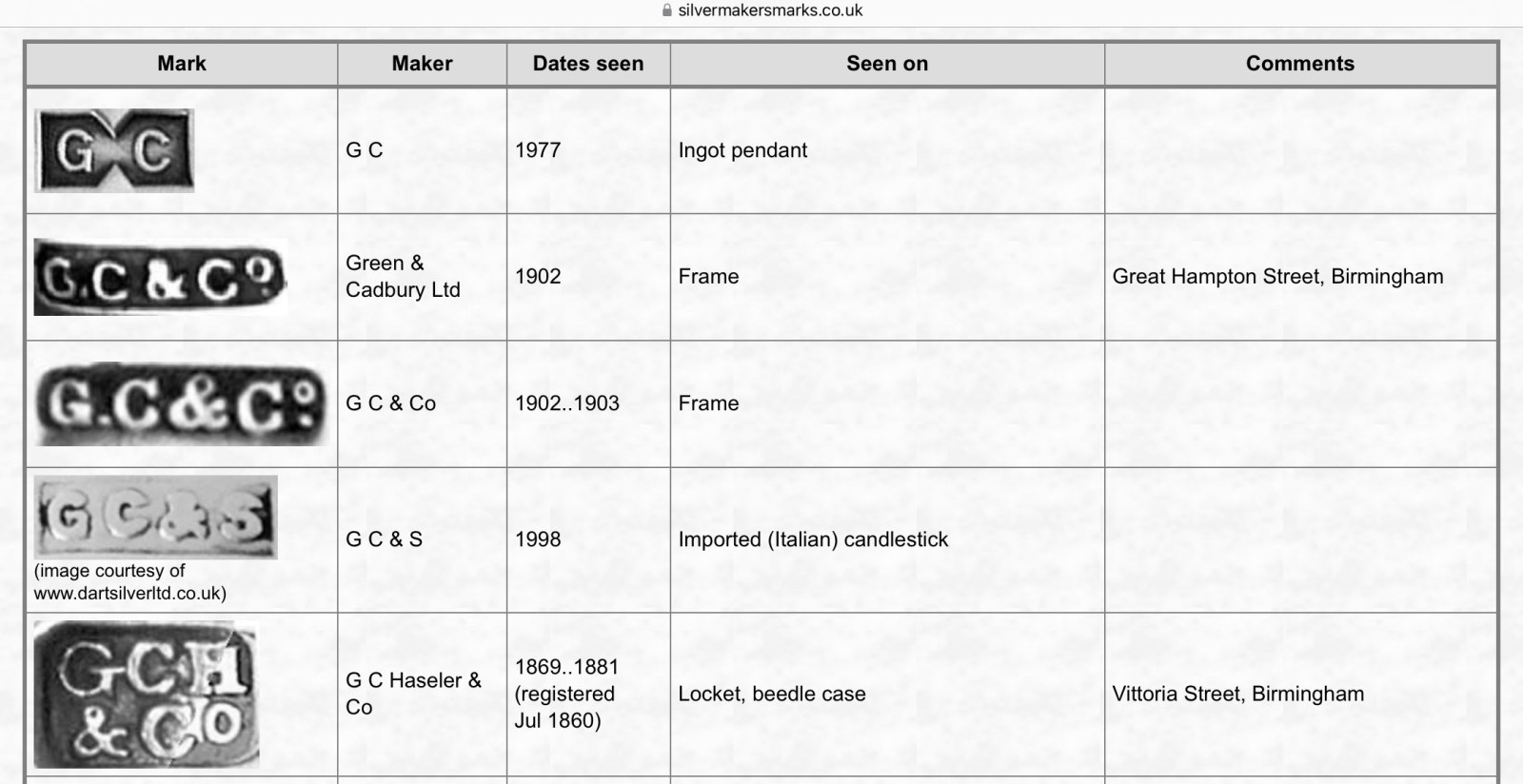
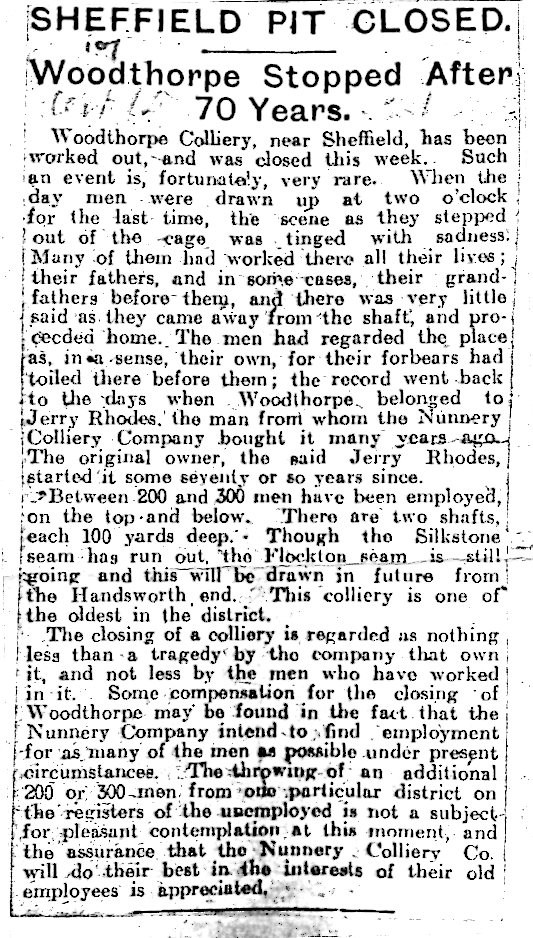
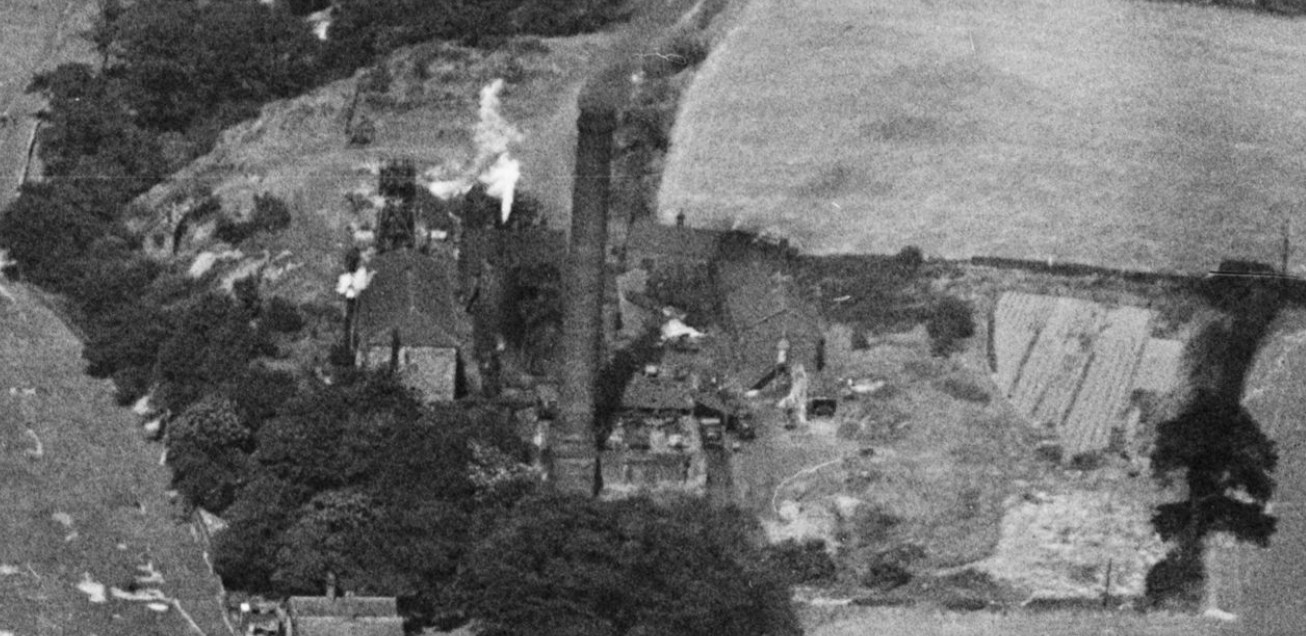
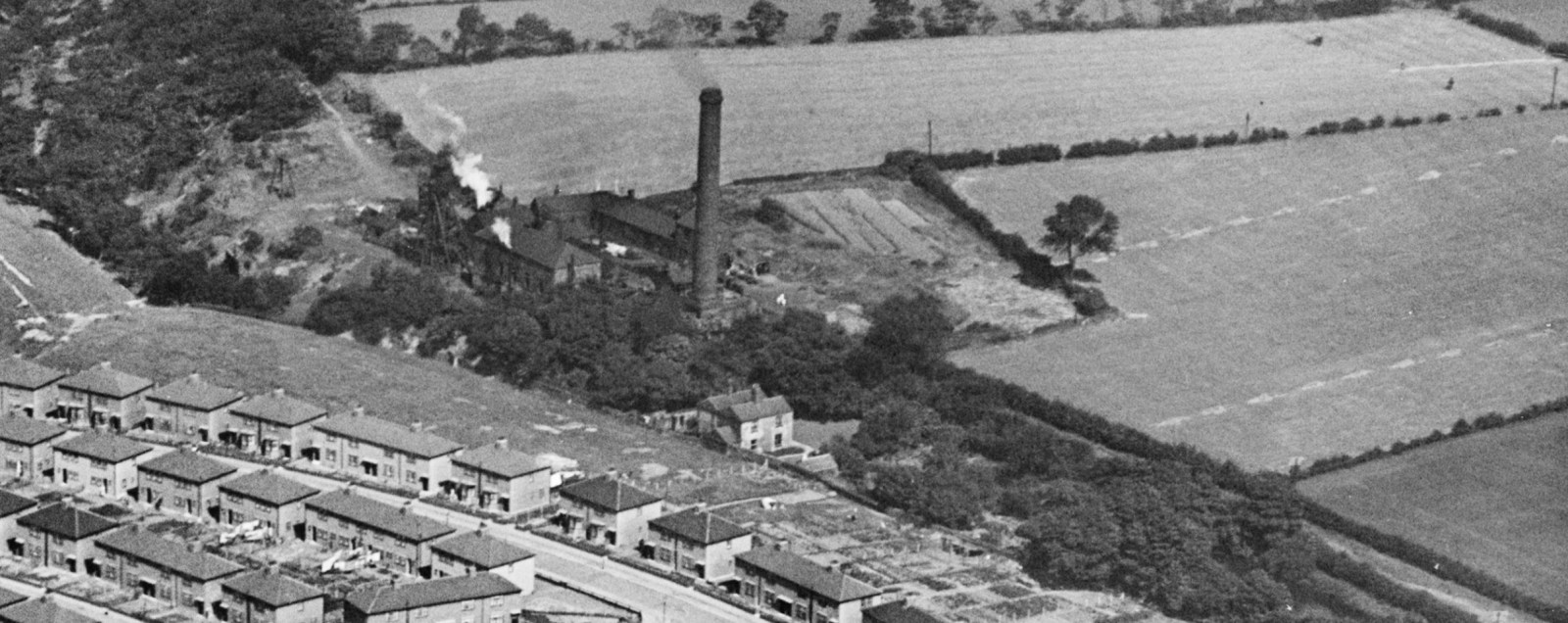
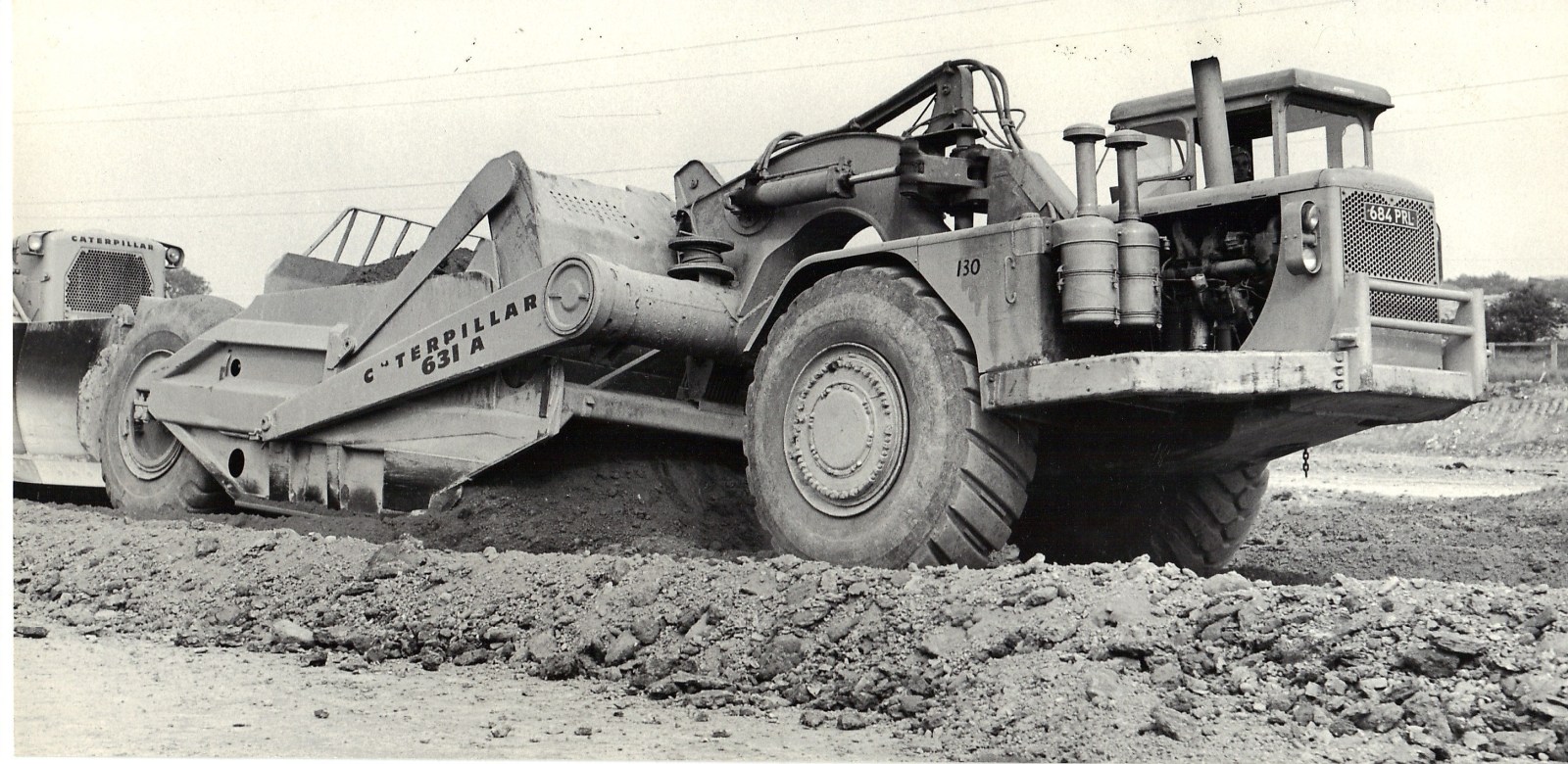

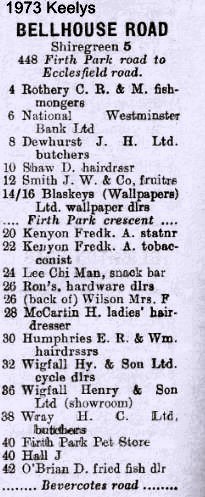
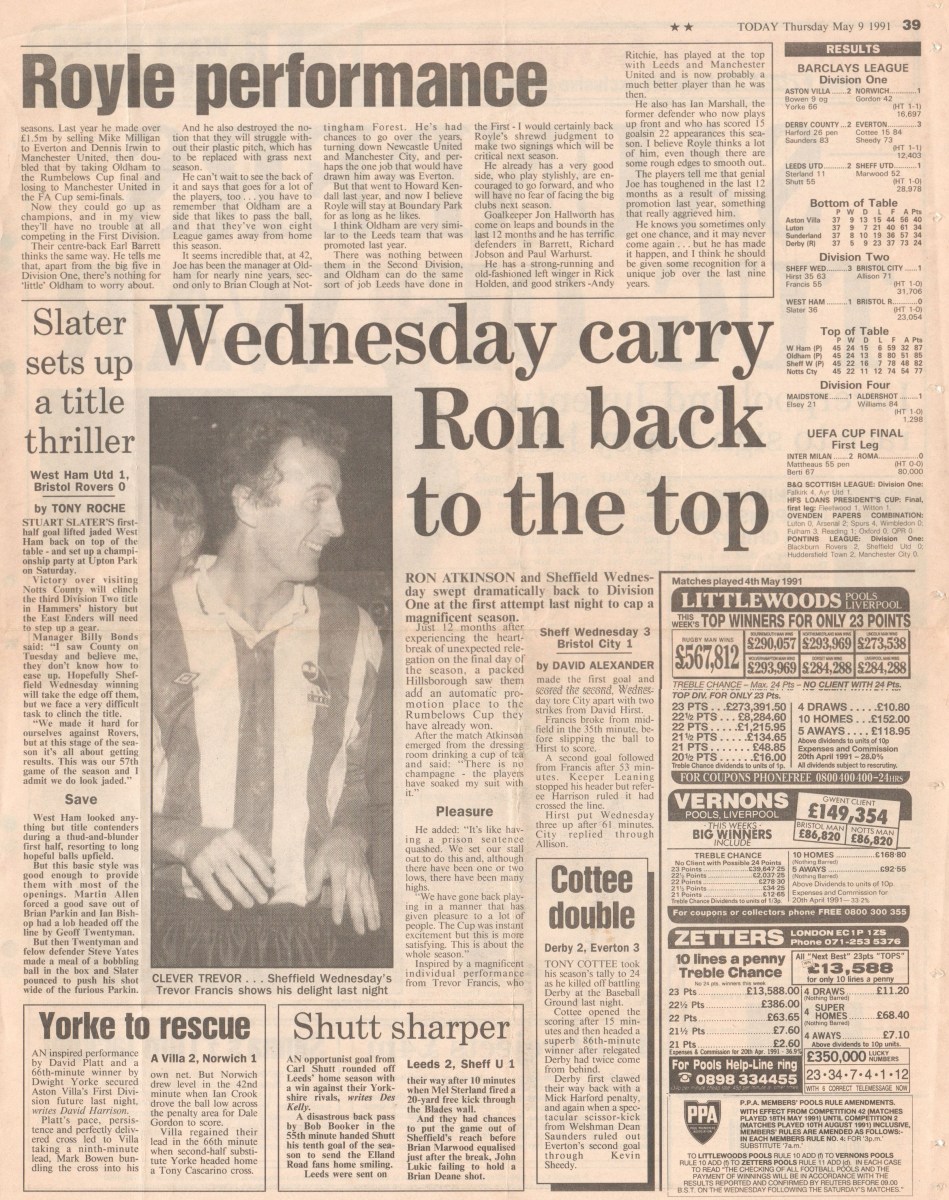
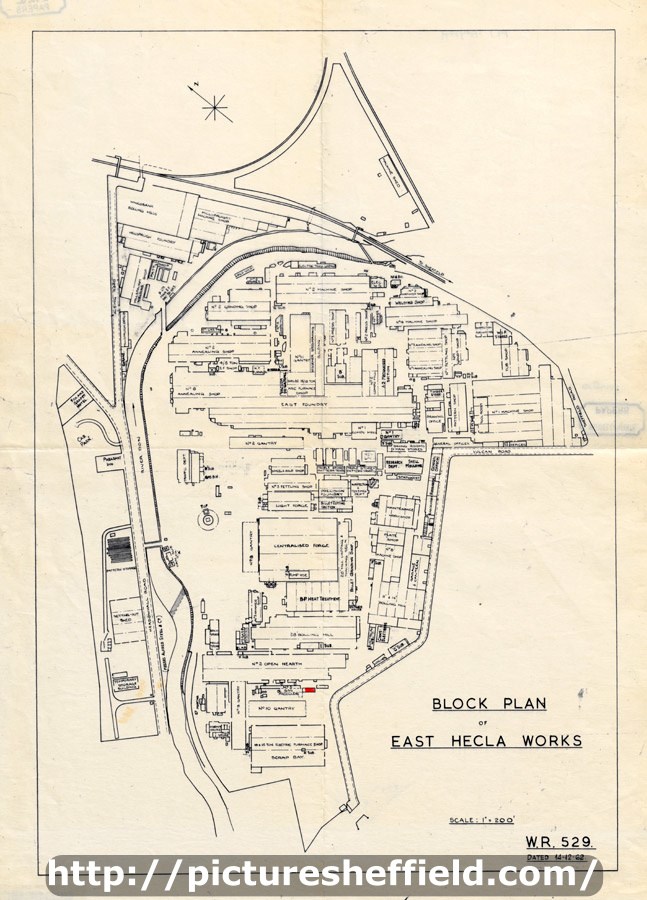
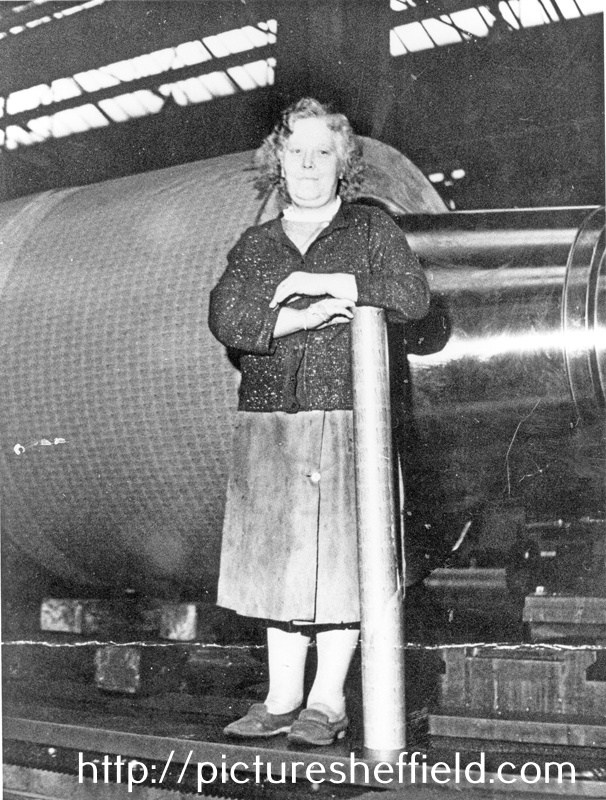
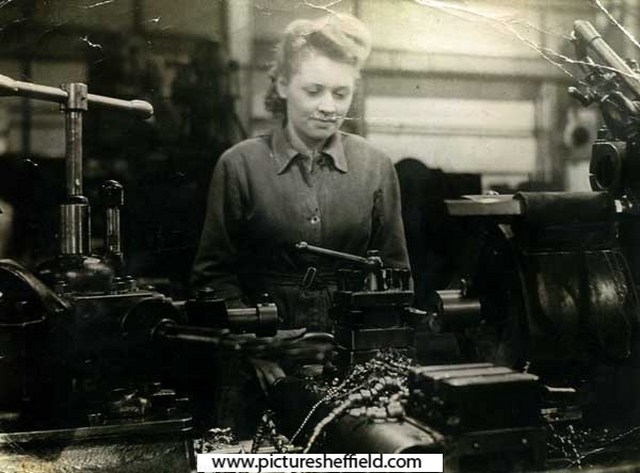
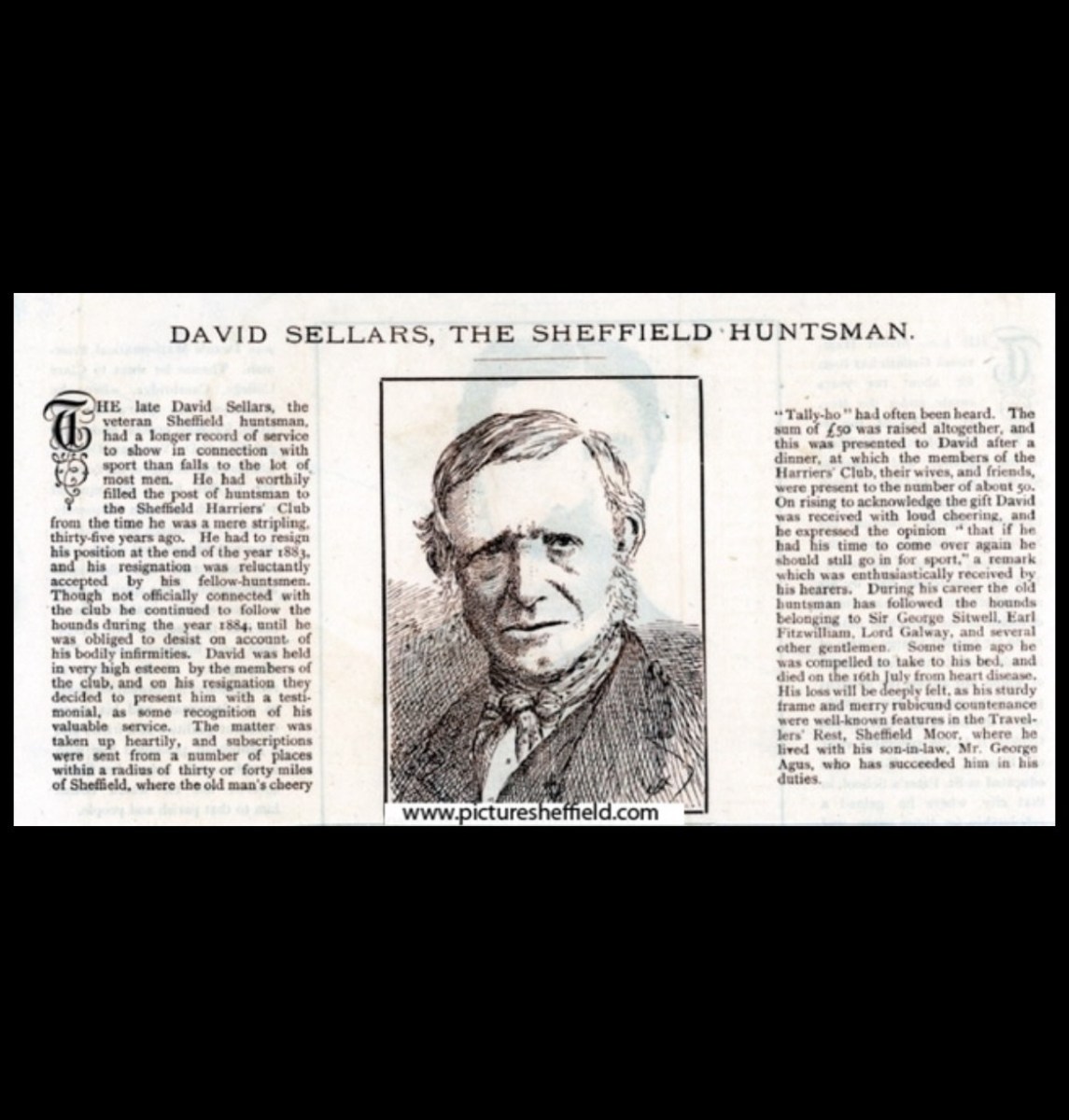
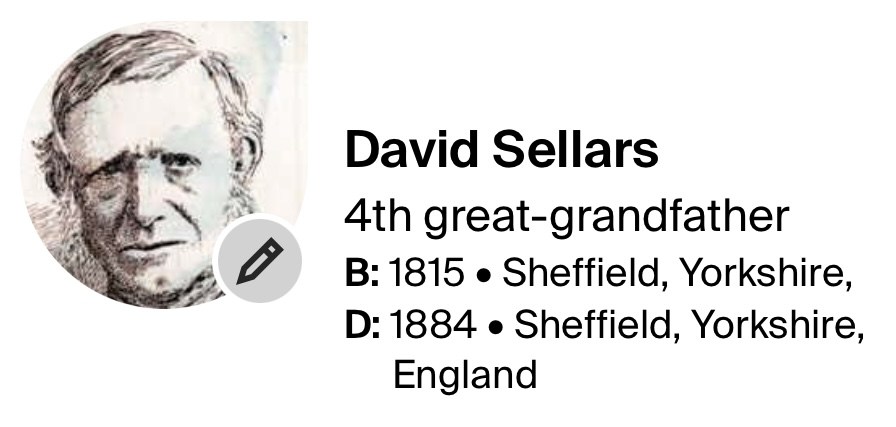
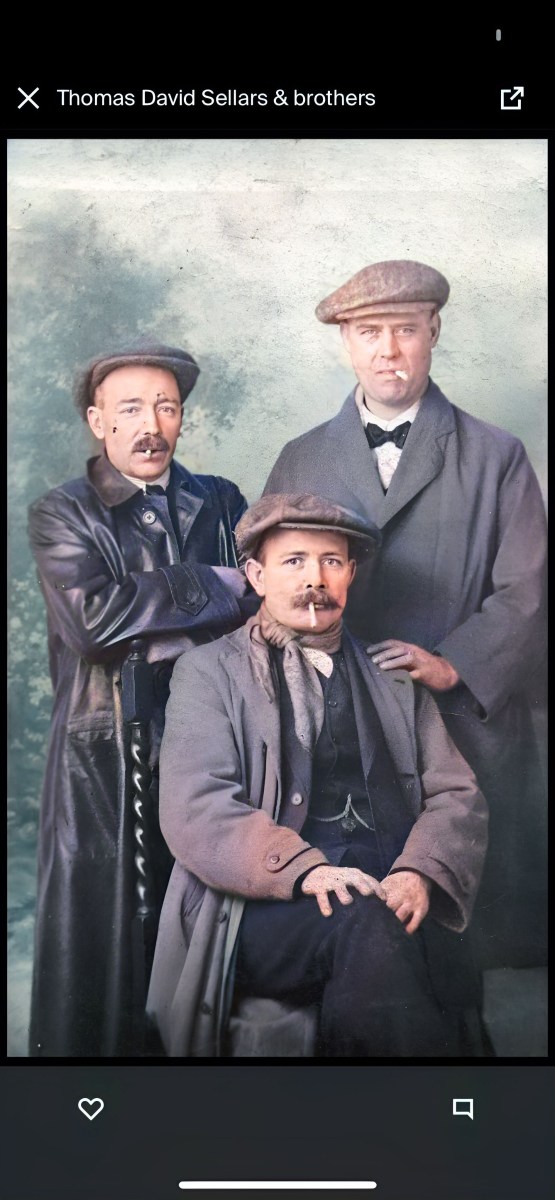
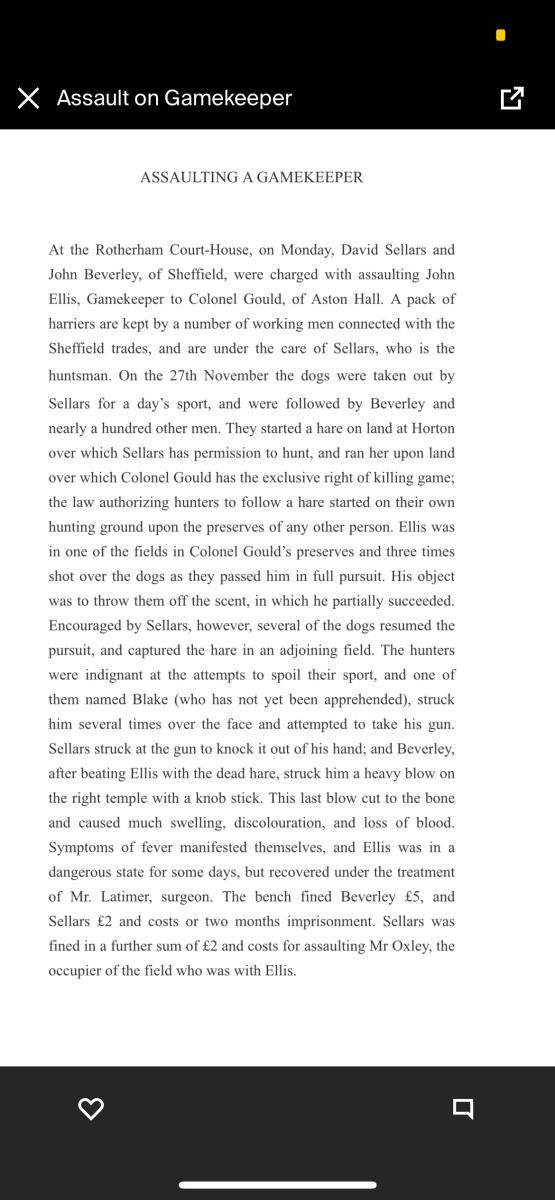
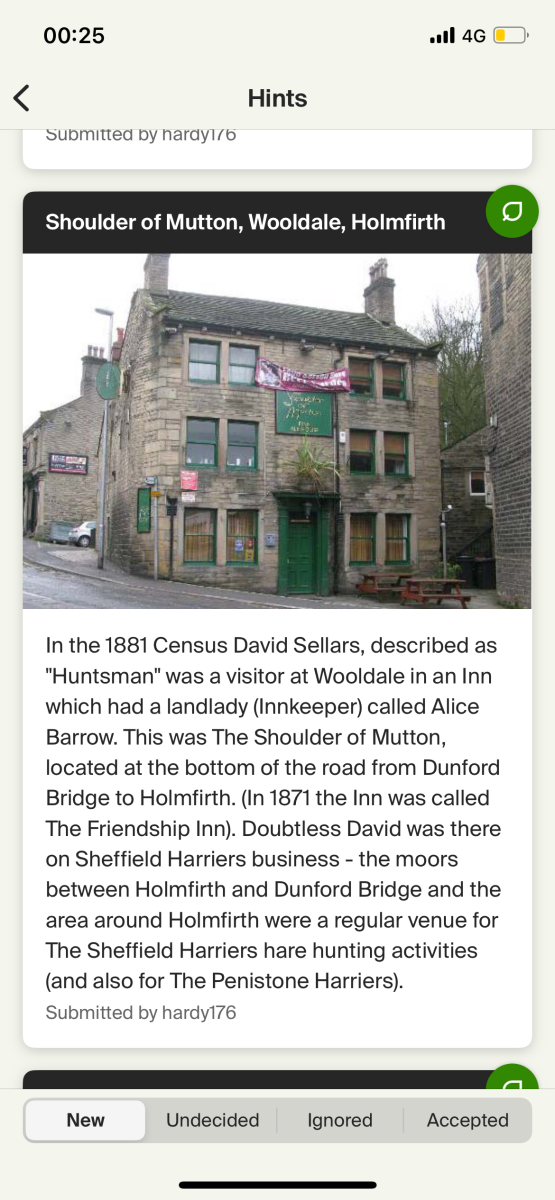
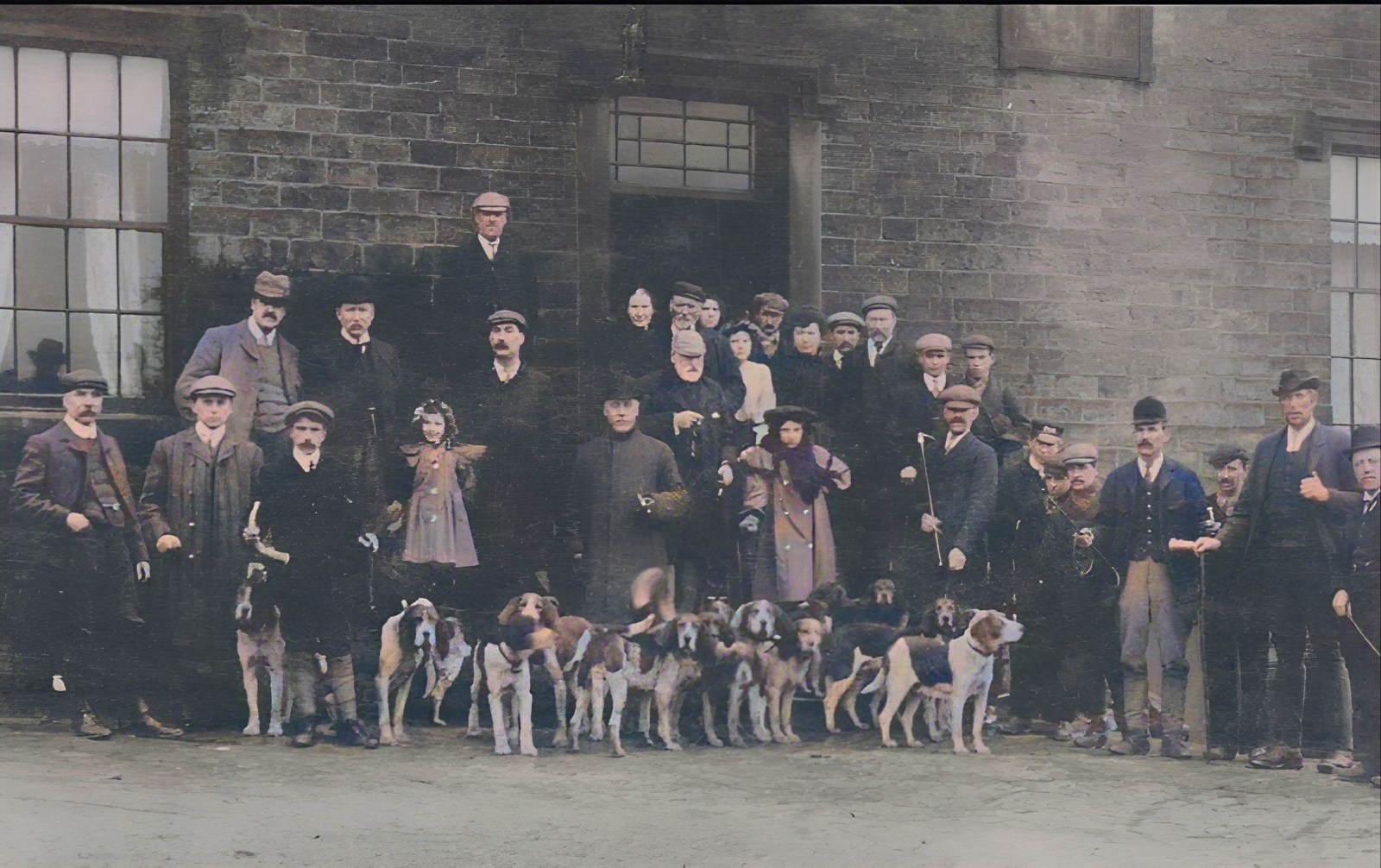
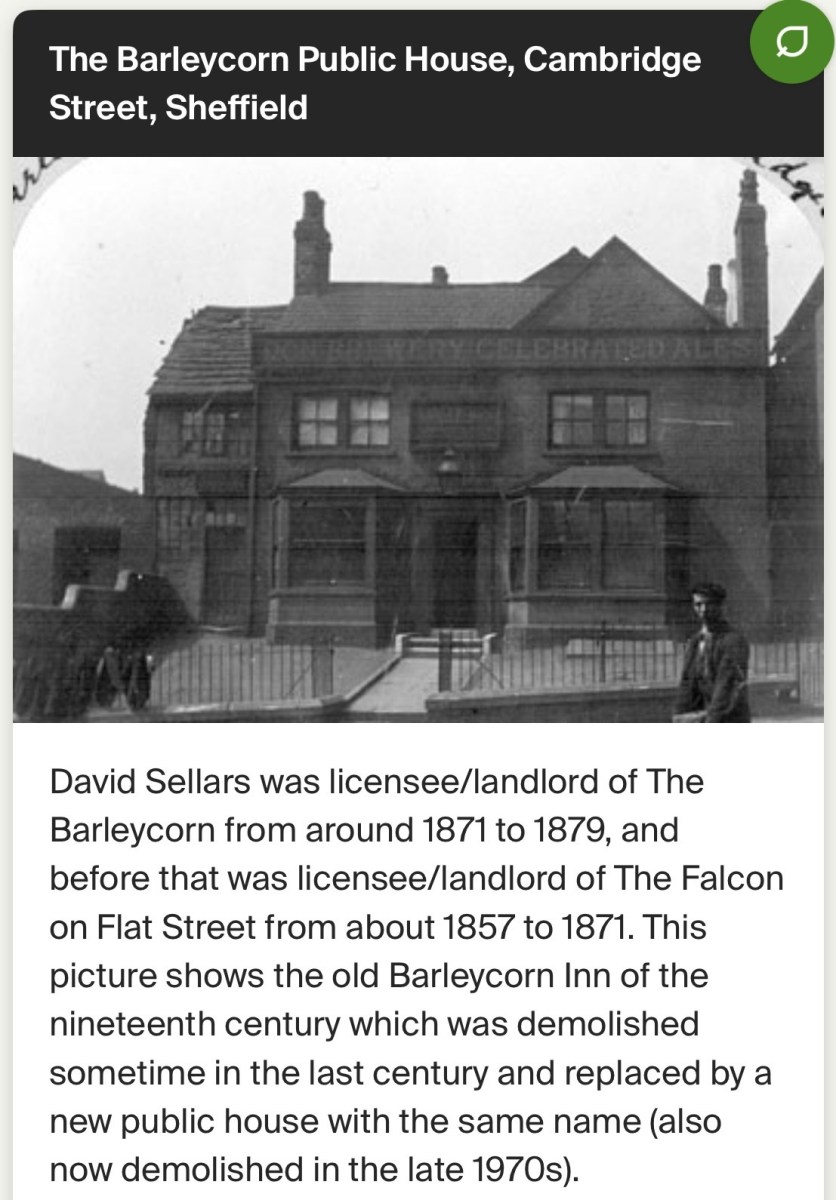
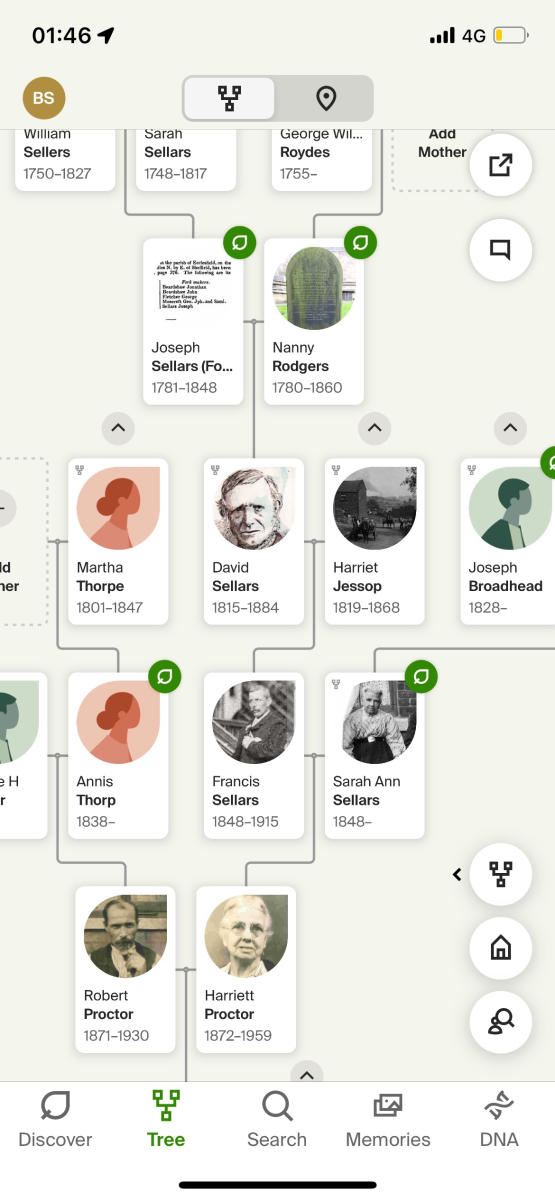
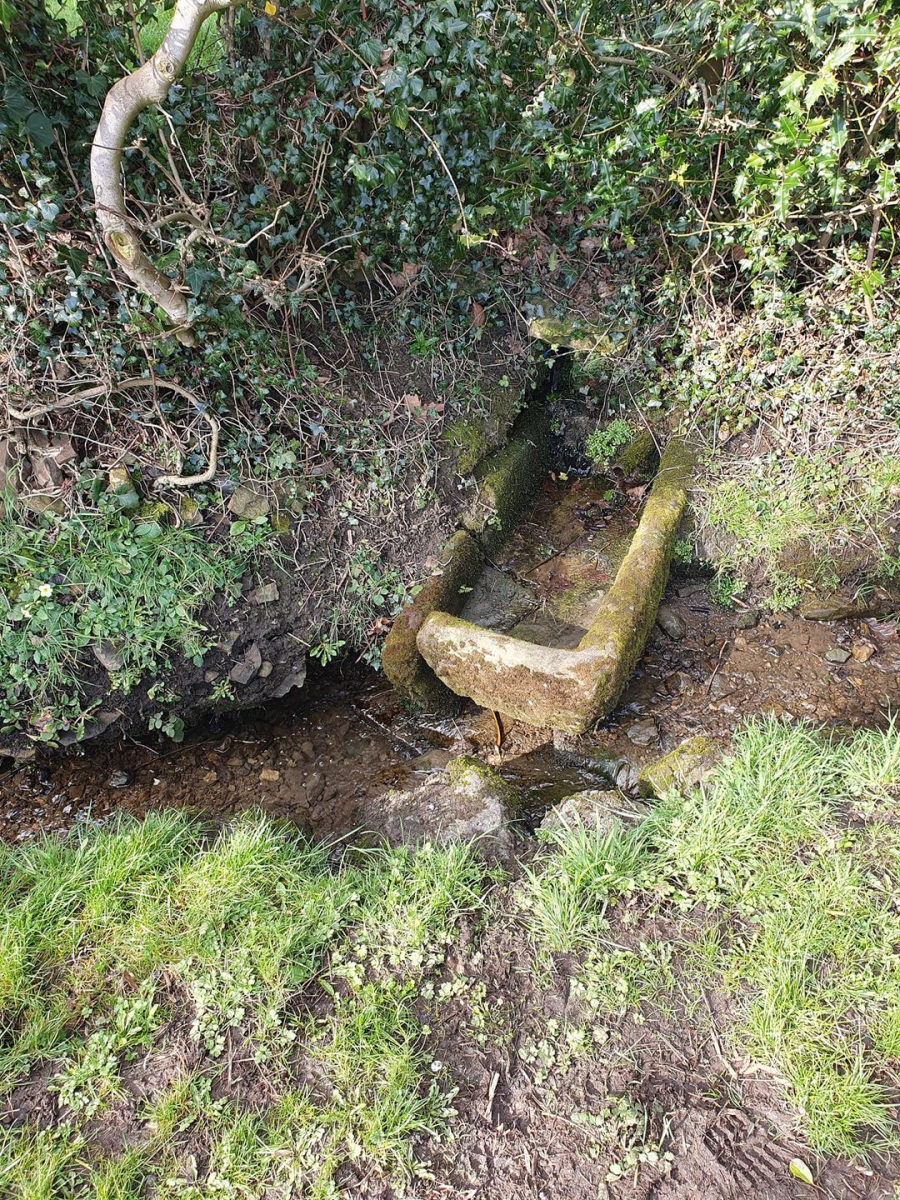
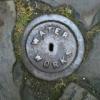
-OrdnanceSurvey125000mapsofGreatBritain1945-1969.png.11759013917404d83cc0a01137e58048.png)
